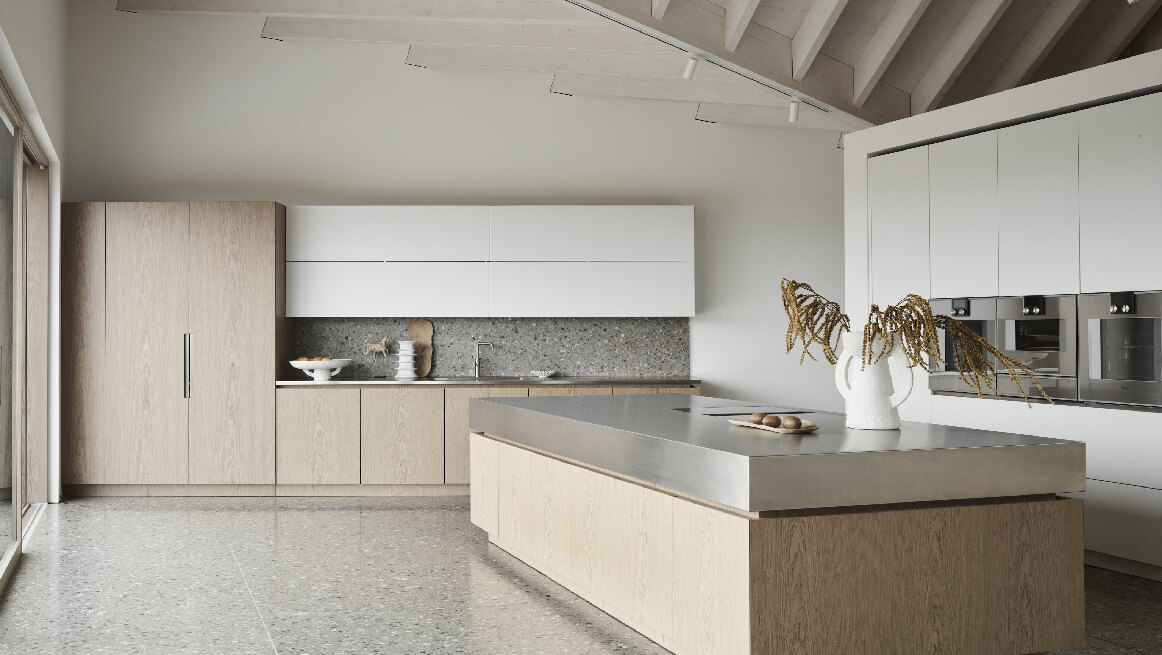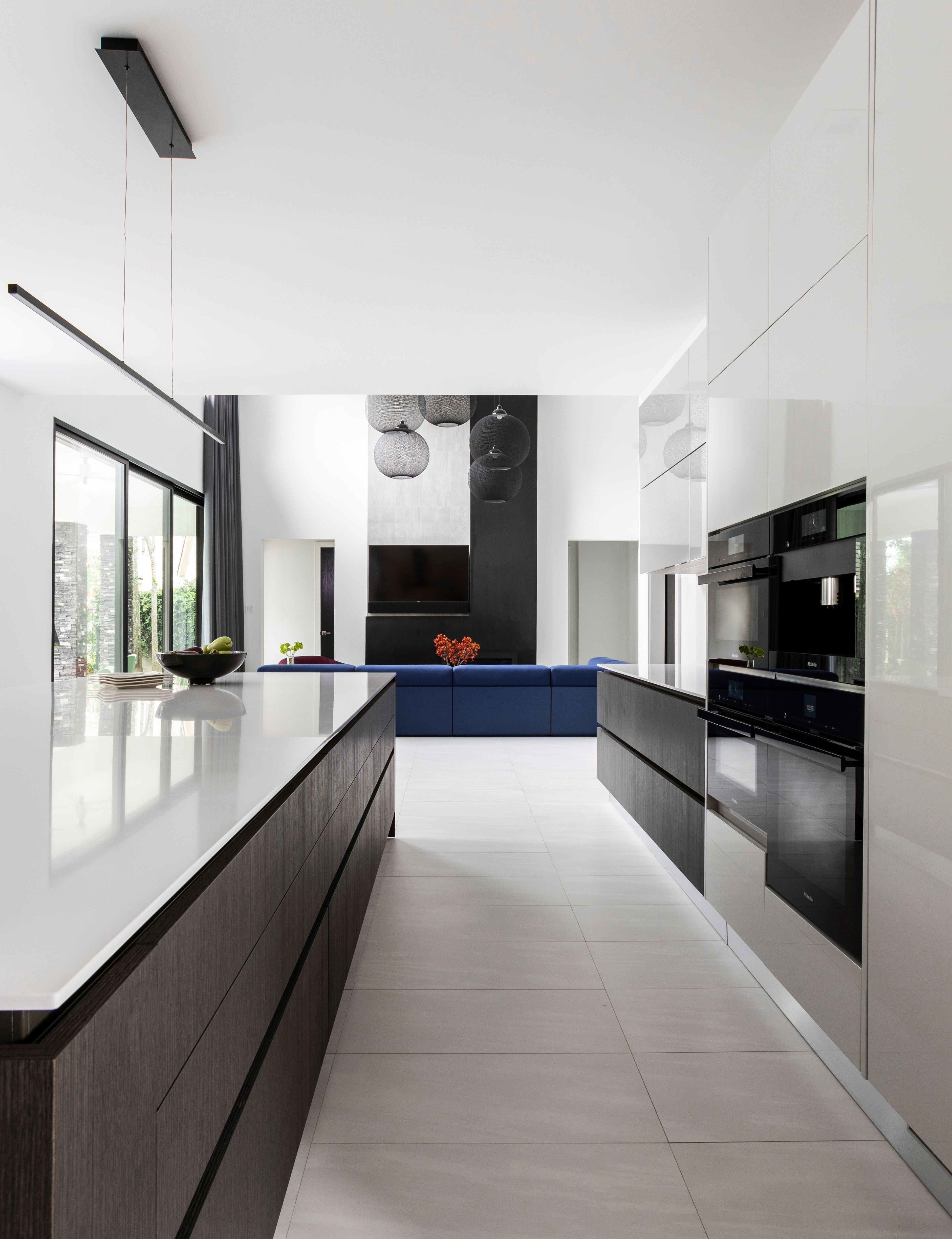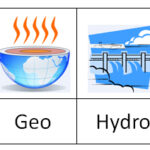The Minimalist Kitchen: How to Create a Functional and Stylish Space
The concept of a minimalist kitchen is more than just a design trend. It’s a lifestyle choice that focuses on simplicity, functionality, and clean lines. By eliminating clutter and unnecessary items, a minimalist kitchen offers an organized, efficient space that encourages creativity and calmness. Whether you’re renovating or just looking to refresh your kitchen, this approach can help you create a space that is both beautiful and functional.
In this article, we’ll explore how you can design a minimalist kitchen, the benefits it offers, and how to maintain this streamlined style in your daily life.
What is a Minimalist Kitchen?
A minimalist kitchen embraces the idea of “less is more.” It focuses on clean, simple lines, neutral colors, and a clutter-free design. This approach doesn’t just eliminate excess items but also incorporates thoughtful organization to ensure the space is both aesthetically pleasing and highly functional.
In a minimalist kitchen, the goal is to prioritize quality over quantity, keeping only the essentials and making sure every item serves a clear purpose. This doesn’t mean your kitchen has to be devoid of character; rather, it encourages thoughtful design and organization.

Key Features of a Minimalist Kitchen
-
Clean Lines and Simple Designs: Minimalist kitchens are known for their sleek, unobtrusive designs. Cabinets are often handle-less, and countertops are smooth and uncluttered.
-
Neutral Colors: White, gray, black, and wood tones dominate minimalist kitchens. These colors create a calming atmosphere and allow other elements, like appliances or kitchen accessories, to stand out.
-
Functional Layout: A minimalist kitchen is designed for ease of use. There’s a focus on maximizing space and creating an efficient workflow, often with open shelving and hidden storage options.
-
Decluttered Surfaces: The counters in a minimalist kitchen are kept clear, with only the essentials on display. This reduces visual clutter and promotes a more relaxed environment.
Benefits of a Minimalist Kitchen
Adopting a minimalist approach to your kitchen can bring several advantages, both in terms of functionality and mental clarity. Here are a few key benefits:
1. Increased Efficiency
A minimalist kitchen is all about organization. With fewer items to manage and easy access to everything you need, cooking becomes more efficient. Items are stored in designated places, and you won’t waste time searching for utensils or ingredients.
-
Efficient Storage: Utilize cabinets with pull-out drawers, deep shelves, and integrated organizers to make the most of your space.
-
Easy-to-Clean Surfaces: Fewer items on the counter mean cleaning is a breeze. Simple materials like quartz or polished concrete are easy to maintain and keep looking great.
2. Reduced Stress and Clutter
A minimalist kitchen provides a calm, tidy space that reduces mental clutter. When your kitchen is organized and free from unnecessary items, you’ll feel less stressed and more in control. The simplicity of the design encourages a sense of tranquility, perfect for cooking or enjoying a meal.
3. Timeless Appeal
Minimalist kitchens are designed to be timeless. By focusing on simple, classic elements rather than trendy decor, your kitchen will look stylish for years to come. This also means fewer costly renovations in the future.
-
Neutral Palette: Neutral tones like white, gray, and natural wood are timeless, ensuring your kitchen will remain aesthetically appealing.
-
Simple Designs: Clean lines and functional design ensure your kitchen stays practical and beautiful for years.
:max_bytes(150000):strip_icc()/SPR-minimalist-kitchens-4767227-hero-b310f24f51a64a08941eba796a483086.jpg)
How to Create a Minimalist Kitchen
Creating a minimalist kitchen doesn’t mean you have to completely overhaul your space. Instead, it’s about incorporating simple design principles and organizing your space more efficiently. Here’s how to get started:
1. Declutter Your Kitchen
The first step in designing a minimalist kitchen is to declutter. Remove anything that you don’t use regularly or that doesn’t contribute to the functionality of the space. Items such as excessive gadgets, unused cookware, and duplicate utensils should be donated or stored away.
Tips for Decluttering:
-
Assess Your Tools: Keep only the essential kitchen tools that you use regularly. If you haven’t used an item in six months, consider donating it.
-
Organize Your Pantry: A minimalist kitchen has a well-organized pantry with a few, high-quality items. Use clear containers to keep everything visible and easy to access.
-
Utilize Hidden Storage: Maximize your cabinets and drawers with clever storage solutions, such as pull-out organizers, lazy Susans, and deep drawers for pots and pans.
2. Choose Quality Over Quantity
When it comes to appliances, cookware, and utensils, opt for fewer but higher-quality items. A few well-made knives, pots, and pans will last longer and perform better than a drawer full of cheap, poorly-made tools.
-
Focus on Durability: Invest in durable appliances like a high-quality blender or a reliable coffee maker. These are the kinds of items that can withstand daily use and contribute to an efficient kitchen.
-
Multi-purpose Tools: Choose kitchen tools that can serve more than one purpose. For example, a good chef’s knife can handle a variety of tasks, reducing the need for specialized gadgets.
3. Embrace Open Shelving
While closed cabinetry works well in many kitchens, minimalist kitchens often feature open shelving. Open shelving not only looks sleek but also encourages organization and reduces visual clutter. Plus, it allows you to showcase stylish items like unique dinnerware or plant decor.
-
Organize with Purpose: Keep only the essentials on your shelves and organize them neatly. Consider using baskets or trays for a more streamlined look.
-
Display Statement Pieces: Use open shelving as an opportunity to display a few well-chosen items, like a beautiful plant or a collection of artisanal mugs.
4. Opt for Simple, Timeless Materials
The materials you choose play a significant role in creating a minimalist kitchen. Stick to clean, simple materials that are both functional and aesthetically pleasing.
-
Countertops: Materials like quartz or marble offer a sleek, polished look and are easy to clean.
-
Cabinetry: Flat-panel cabinets with minimal hardware help maintain the streamlined look of a minimalist kitchen.
-
Flooring: Light hardwood floors or polished concrete give the space a modern feel while being easy to maintain.
5. Prioritize Lighting
Lighting is essential in any kitchen, but in a minimalist space, it becomes even more important. Natural light should be prioritized whenever possible. Use large windows or glass doors to bring in as much daylight as you can.
-
Task Lighting: Add under-cabinet lighting or pendant lights above your kitchen island for added functionality.
-
Soft, Ambient Lighting: Use dimmable lights to create a warm, inviting atmosphere.

How to Maintain Your Minimalist Kitchen
Once you’ve designed your minimalist kitchen, maintaining it requires some ongoing effort. Here are some tips to keep your space clean, organized, and clutter-free:
-
Daily Cleaning Routine: Wipe down surfaces and put away items at the end of each day to prevent clutter from accumulating.
-
Regular Decluttering: Every few months, go through your kitchen and remove items you no longer need. This helps keep your space fresh and functional.
-
Limit New Purchases: Be intentional about adding new items to your kitchen. Before purchasing, ask yourself if the item truly adds value or if it will just contribute to clutter.
Frequently Asked Questions (FAQs)
1. What are the main elements of a minimalist kitchen?
A minimalist kitchen emphasizes clean lines, neutral colors, functional design, and clutter-free surfaces. Key elements include simple cabinetry, open shelving, quality materials, and efficient storage solutions.
2. How do I maintain a minimalist kitchen?
To maintain a minimalist kitchen, regularly declutter, clean surfaces, and be mindful of new purchases. A daily cleaning routine and periodic organization will help keep your kitchen neat and functional.
3. Can I have a minimalist kitchen on a budget?
Yes! Minimalism is about prioritizing function and quality over quantity. Focus on purchasing fewer, high-quality items, and consider simple, affordable solutions like DIY shelving or upcycled furniture.
4. Is a minimalist kitchen easy to clean?
Yes, one of the key benefits of a minimalist kitchen is that it’s easier to clean. With fewer items on surfaces and simple materials, maintenance becomes a quick and efficient task.
Conclusion
A minimalist kitchen offers more than just a visually appealing design; it creates a peaceful and functional space that makes cooking and daily life easier. By embracing simplicity, you can reduce clutter, improve efficiency, and enjoy a timeless, beautiful kitchen that serves both your practical and aesthetic needs.
By following these design principles, you can transform your kitchen into a minimalist haven, making it a place where creativity, relaxation, and functionality thrive.








